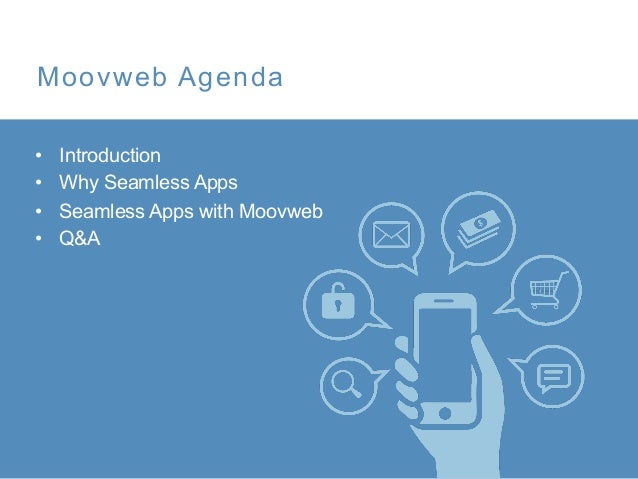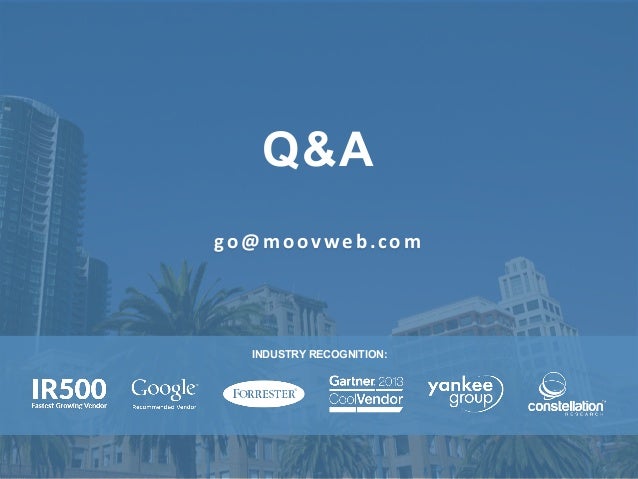

For example, if you have and and there’s trust between the two, you can enable Seamless SSO only on and that will apply on as well. If your forests have trust between them, it’s enough to enable Seamless SSO only on one forests. You may hit the char limit if you have a high number of forests in your environment. This limit is for everything included in the policy, including the forest names you want Seamless SSO to be enabled on. The policy that enables Seamless SSO has a 25600 char limit.If you enable SSO in a forest where SSO is already enabled, you'll get an error saying that SSO is already enabled in the forest. If you have more than one forest with forest trust, enabling SSO in one of the forests, will enable SSO in all trusted forests.If the AzureADSSOAcc$ account encryption type is set to RC4_HMAC_MD5, and you want to change it to one of the AES encryption types, please make sure that you first roll over the Kerberos decryption key of the AzureADSSOAcc$ account as explained in the FAQ document under the relevant question, otherwise Seamless SSO will not happen. The encryption type is stored on the msDS-SupportedEncryptionTypes attribute of the account in your Active Directory. It is recommended that the encryption type for the AzureADSSOAcc$ account is set to AES256_HMAC_SHA1, or one of the AES types vs. Seamless SSO supports the AES256_HMAC_SHA1, AES128_HMAC_SHA1 and RC4_HMAC_MD5 encryption types for Kerberos.Adding the Azure AD service URL ( ) to the Trusted sites zone instead of the Local intranet zone blocks users from signing in.

As a workaround, you can manually enable the feature on your tenant.

In a few cases, enabling Seamless SSO can take up to 30 minutes.This article helps you find troubleshooting information about common problems regarding Azure Active Directory (Azure AD) Seamless Single Sign-On (Seamless SSO).


 0 kommentar(er)
0 kommentar(er)
